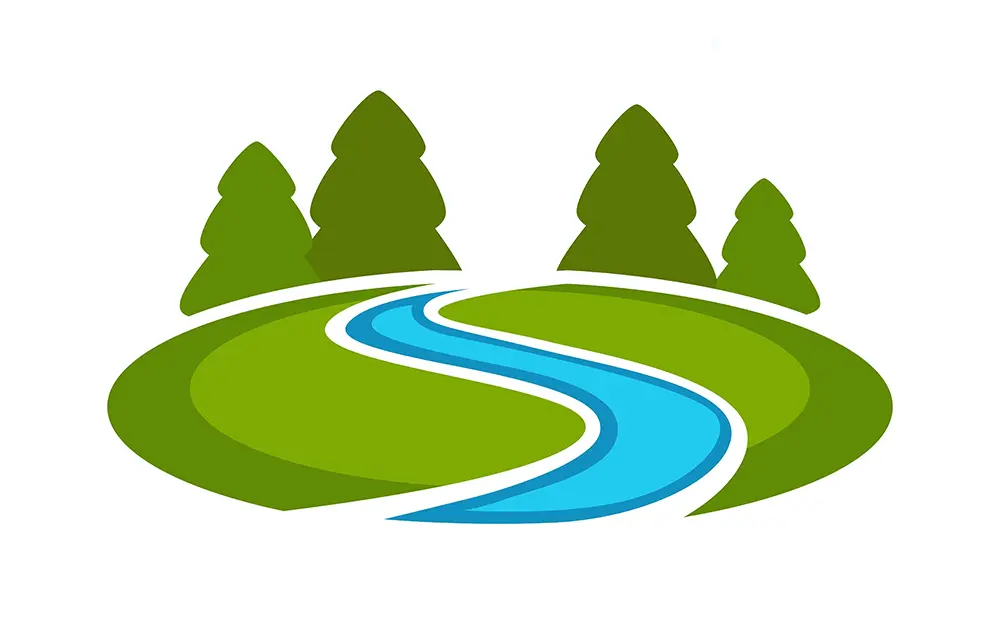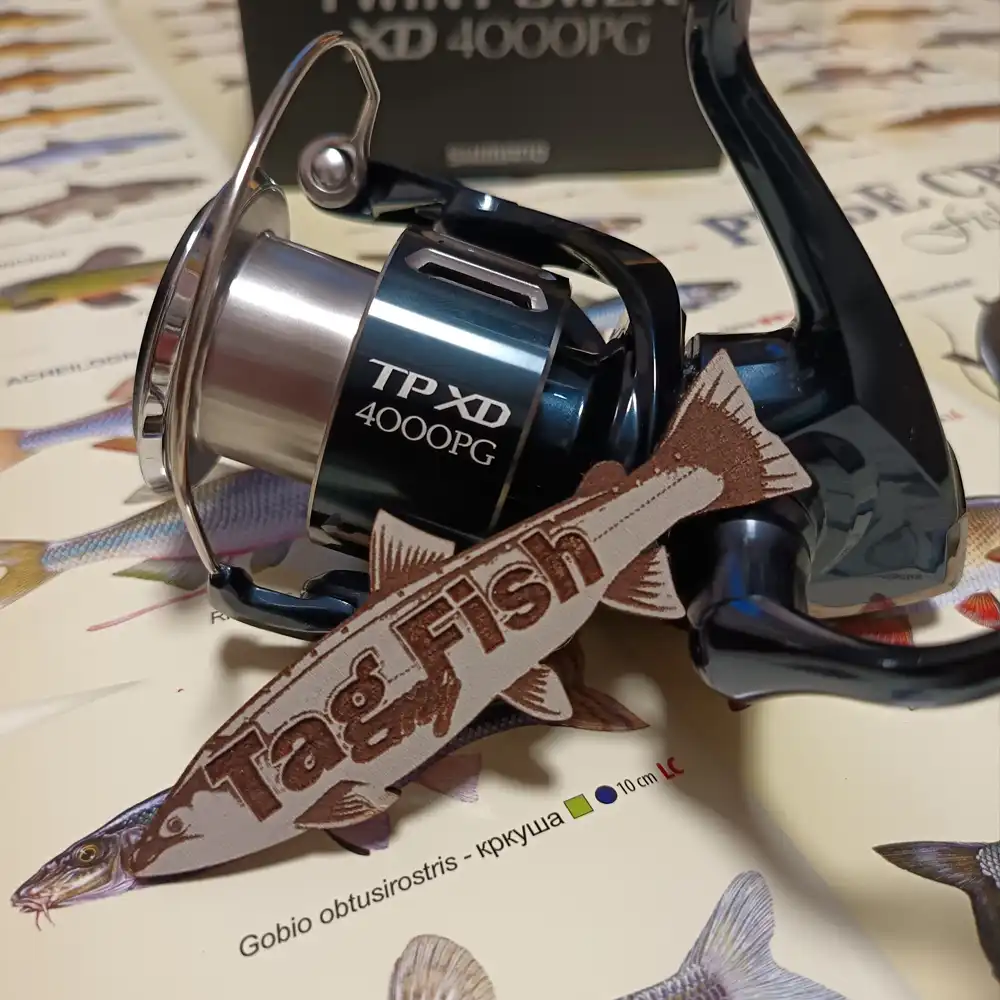Bidasoa

General data
- Name: Bidasoa
- Water system: Atlantic Ocean
- Water type: River
- Progression: Bay of Biscay -> Atlantic Ocean -> Planet Earth
- Climates: Subtropical
- Continents: Europe
- Countries: France, Spain
The Bidasoa is a river in the Basque Country of northern Spain and southern France that runs largely south to north. The Bidasoa flows through much of its 66 km length over Navarrese territory, except for the last 10 km, where it establishes the borderline between France and Spain, as well as the boundary between the Basque provinces of Gipuzkoa and Labourd. In line with the distribution of the river's length, the bulk of its watersheds area lies on Navarre (684 km2). The basin holds 105 permanent streams and rivers that number 497 km, the region being drenched in rains regularly. The Navarrese side of the basin (rural landscape) is inhabited by 22,000 inhabitants. 70% of its population have the sewage treated before spilling to the river. The Navarrese tract of the river is a preferred destination for fishing enthusiasts, the river being home to several native fish species, namely eel (Anguilla anguilla), salmon (Salmo palar), trout (Salmo trutta), bullhead (Cottus gobio), Barbatula barbatula, Phoxinus phoxinus, gudgeon (Gobio lozanoi), sea lamprey (Petromyzon marinus), allis shad (Alosa alosa), flounder (Platichthys flesus) and grey mullet (Chelon labrosus), some of them declared endangered species and highly interesting (especially bullhead and salmon). Moreover, a species of the Ebro, Chondrostoma miegii, has been introduced in the last 30–40 years on the lower tract of the Bidasoa, thereafter extending gradually upstream. As a result, overfishing has become a major problem for the rivers fauna, with special pressure put on salmon migrating upstream to spawn. They do not make it to their goal and die before spawning, either falling prey to fishers bait or an inability to overcome hydroelectric power stations (128 over all the course) and the 114 related dams, since 63% of them prevent migratory fish from achieving their purpose. Schemes by the Regional Government of Navarre are underway with a view to handling the issue.

 English
English
 Spanish
Spanish
 German
German
 French
French
 Serbian
Serbian
 Russian
Russian

